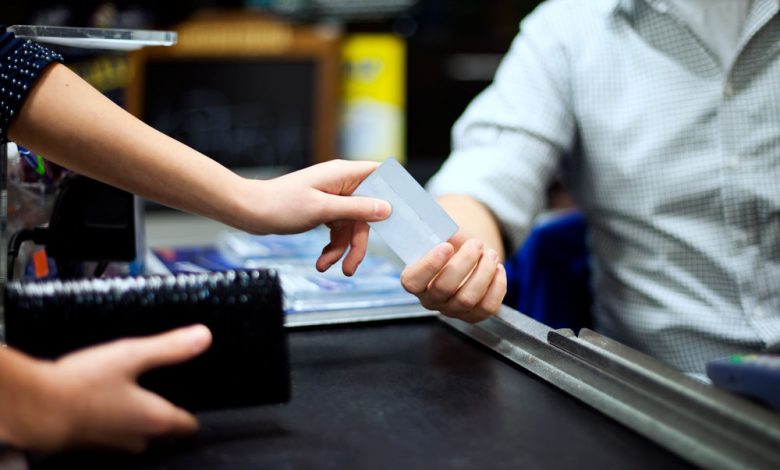


Surely, at some point, we have heard about card fraud, either because of the news or because an acquaintance or family member has been a victim of it.
In general, the cards are compromised, with the purpose of creating false cards with the victim’s account number and making unauthorized charges to the victim’s credit card.
Credit card fraud can occur when the consumer reveals their credit card number to a stranger, loses it or their cards are stolen, with the copying of the CVV Dumps, when the employees of a company make a reproduction of the card or the customer’s card number.
On the other hand, we must be clear that fraud can also occur in our accounts, among other criminal forms, through phishing and identity theft, so it is important that we know a little more about the modalities used for fraud in our bank accounts and tools, because in this way we can also take precautions to avoid being prey to criminals.
Next, we describe a little more, the most common types of fraud.
Identity theft
It is the fraudulent use of someone’s personal information, such as their identification number, social security or date of birth, etc., to commit financial fraud.
Identity thieves can harm and inconvenience their victims by using their names and other personal information to commit crimes, open new credit accounts, and gain access to existing credit and bank accounts.
Although victims of identity theft are not held responsible for the crimes, they have a hard time proving fraud and cleaning up the financial chaos caused by the crimes.
Skimming or copying of magnetic stripe
It consists of making an illegal copy of a credit or bank card, using a device that reads and reproduces the information of the original card.
Dishonest employees use small machines called skimmers to read credit card numbers and other information, capture them, and resell them to criminals.
Criminals, for their part, use the information to create fake cards or pay for items over the phone or on the Internet.
Phishing Criminal
Modality that has as a mechanism, sending a huge number of messages by email, making the consumer believe that the messages come from their bank, trying to get the potential victim to reveal personal information, such as bank account numbers.
The crime is successful because the emails appear legitimate, with realistic banking logos and websites or URLs that are very close to the real thing.
When account holders respond, they are directed to a bogus website where they are asked to type in account numbers, passwords, and other banking, personal, or credit card information. So, in a matter of hours, the criminals drain or empty the victims’ bank accounts, using the passwords to authorize the electronic transfer of funds to other accounts.
Therefore, we must bear in mind that banks never ask for personal information in this way. Therefore, do not respond to emails or phone calls that ask you to provide your credit card numbers, social security numbers, or other personal information.



